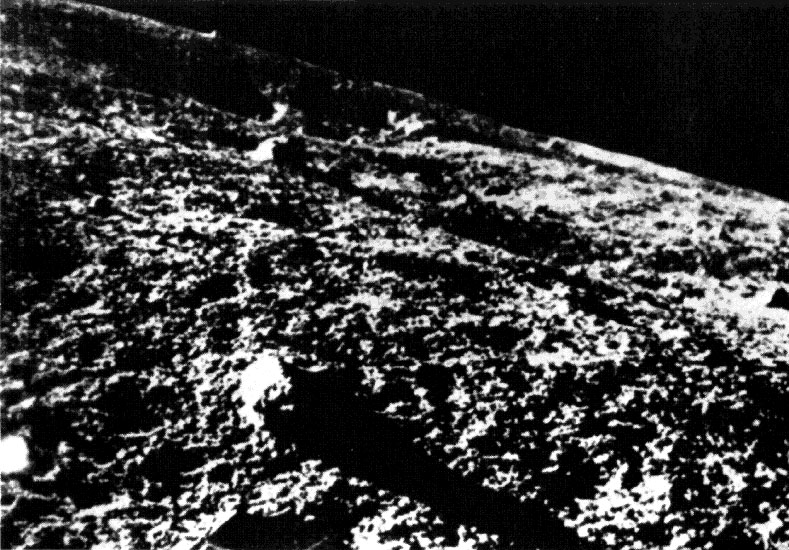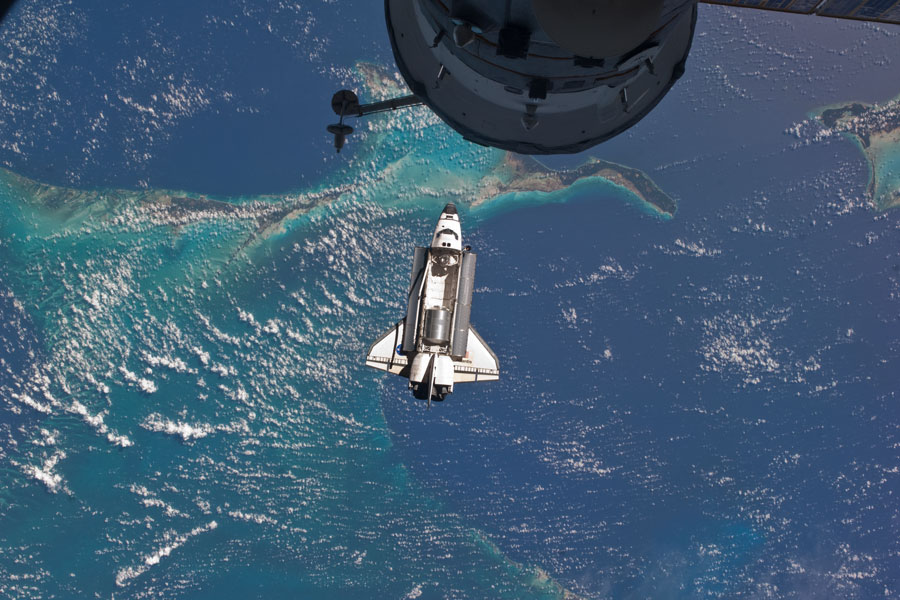Looking up at the vastness and seeming timelessness of space, people have always sought to understand what lies beyond the Earth. Ancient people struggled to explain phenomena like moon phases, shooting stars, comets, blood moons, meteors, and even eclipses. It was a source of interest, though – ancient megalithic structures and cave paintings are thought to show astronomical awareness.

Lacking the development of scientific methods, myth was built by every culture to help explain the unexplainable structure of the universe. The sun was rationalized as the Greek god Helios who rode a blazing chariot across the sky. Lunar eclipses were seen as Dewi Ratih, a Hindu lunar goddess, who was devoured by the floating head Kala Rau but always safely came out the other end. Many cultures, prone to anthropomorphization, thought they saw a ‘man in the moon’ – in Europe, this figure was thought to be an exiled criminal; in Judaism, a memorial of the face of Jacob; and to the Chinese, the stranded goddess Chang’e.
As humanity developed mathematics, it began to measure and record the skies. This was a slow process in an era where astronomy and astrology were still the same discipline, and it was a painstaking trial-and-error process to separate science from superstition. Early astronomers observed regularity – moving but fixed stars in consistent patterns, intersected by orbiting planets – and objects with less predictability, such as comets. Logical but flawed assumptions necessitated complicated orbits to fit with a geocentric (earth-centered) view of the universe, and even the heliocentric (sun-centered) model, suggested in the 3rd century BC by Aristarchus of Samos but only adopted in the 16th century, was itself later refined as scientists realized the sun wasn’t the center of the universe, either.

Telescopes, invented in the early 1600s, brought detail about the known planets (Mercury, Venus, Mars, Jupiter, and Saturn), the moon, and the sun that had before been unobservable. More was added to human knowledge – including more planets, such as Uranus, which was discovered by telescope in 1781. It took 20th century advances in rockets and mathematics to make anything more than observation possible, though.
The value of space – not just for science and research, but as a strategic arena – was obvious to the major world powers, and the ‘space race’ began. America was not an early leader in this competition. The Germans were the first to send something into space; the V2 rocket MW18014 in 1944. It got over 100 miles up into space, but not high enough to achieve a stable orbit. That accomplishment went to the Soviet Union, who in 1957 put Sputnik 1 into space, where it remained for months, sending back radio signals which improved understanding of the temperature and pressure of the Earth’s ionosphere. Their Luna 2 probe was the first manmade object to reach the moon, although it was destroyed when it slammed into the lunar surface. It wouldn’t be until the Luna 9 probe in 1966 that a spacecraft survived the landing. It measured lunar radiation and sent back photographs and audio recordings. The Soviet Union was also the first in 1961 to put a human into space – cosmonaut Yuri Gagarin aboard Vostok 1, who orbited the planet for almost two hours before returning safely to Earth.

The United States followed suite with probes, satellites, and orbiters, including the Vanguard TV-4, launched in 1958, which was the first satellite to use solar power. It took a significant lead in 1969, when Apollo 11 became the first manned mission to the moon (the first of six crewed lunar landings). The rival superpowers continued to send probes throughout the solar system, including the Venera series from the Russians and the Mariner, Pioneer, Viking, and Voyager series from the Americans. Voyager 1, launched in 1977, is now almost 15 billion miles from home; the farthest human-made object from Earth and the first ever to leave our solar system in 2012. These were near-miraculous achievements in an era when all of Mission Control and the spacecraft itself had less computing power than a modern laptop or smartphone.

Soon people began to live in space; staying for months or more rather than days. The first space station was Salyut 1, launched in 1971. Two facilities are in use today; the International Space Station, which has been continuously occupied since 2000, and China’s Tiangong space station. Many more satellites have been launched, some to explore the reaches of space and some in geosynchronous orbit of our own planet to facilitate communications and commerce. Major telescopes like the Hubble (orbiting Earth) and the Webb (halo orbiting the Sun) collect information Earth-bound telescopes are incapable of.

Today, space is no longer the sole provenance of the richest governments, and even private commercial spacecraft operate, moving people and satellites into orbit or beyond. As we explore further and in more detail, we continue to make discoveries about the space surrounding us, such as the recent calculation that Europa, a moon of Jupiter, generates enough oxygen to keep a million people alive for a day. We have answered many questions since ancient peoples first looked up at the stars and thought they saw Helios or Dewi Ratih, but there is much more to learn.

If you are interested in studying more about the history of space exploration, the library offers many resources, including books like Space Exploration Research by John H. Denis, To a Distant Day: The Rocket Pioneers by Chris Gainor, The History of Human Space Flight by Ted Spitzmiller, The Human Exploration of Space by National Academies Press, Space Exploration and Astronaut Safety by John W. Fozard, Reaching for the Moon: A Short History of the Space Race by Roger D. Launius, In the Shadow of the Moon: A Challenging Journey to Tranquility, 1965-1969 by Francis French, or Picturing the Cosmos: A Visual History of Early Soviet Space Endeavor by Iina Kohonen.

If you’d like to learn more, Ask Us at iueref@iue.edu or click here:


